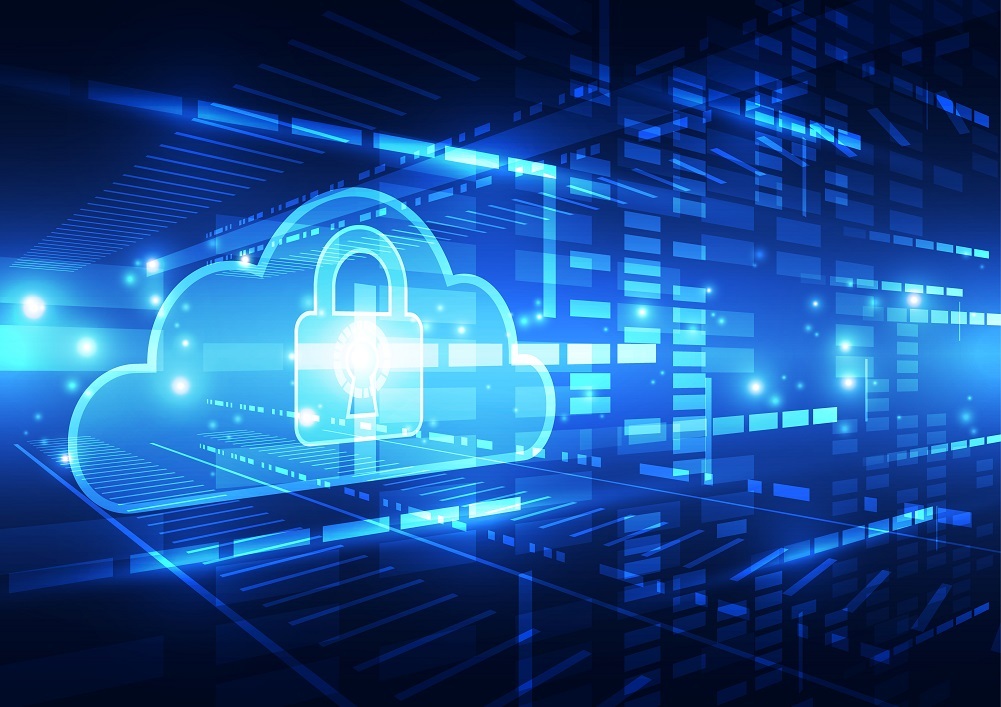
What is Cloud Security?
In today’s world of ever-evolving information technology, most people are familiar with “The Cloud.” They know that in essence, it’s a way for data such as images, audio files, etc… to be stored online with a provider that manages and stores it on their servers. With your unique login credentials, you can access this storage, download it, delete it, modify it, etc… What most people don’t think about is if their data is secure. For that matter, what is cloud security? We’re breaking it all down below.
Defining Cloud Security
Cloud security or cloud cybersecurity is defined as the method or practice of protecting data that is stored online via cloud applications from being stolen, leaked, or deleted. Where the word cybersecurity encompasses the protection of all domains of information technology, cloud security focuses strictly on cloud computing environments.
Now that you have a better understanding of what cloud security/cloud cybersecurity is, let’s take a brief look at the different types of cloud computing environments. They typically fall into one of three categories: private, public, and hybrid.
Private Cloud
Private clouds are usually owned and maintained by a private organization such as a single business. In some cases, their cloud will be physically located in an on-site datacenter. However, in others they will pay a third-party to host and manage it. The responsibility of cloud cybersecurity falls on the third-party host in this case. These cloud types are also on a private network.
Public Cloud
Public cloud environments are owned and maintained by a third-party often referred to as a cloud service provider. Customers pay to have these providers store their data over the internet. In return the providers maintain servers and storage facilities, and are responsible for the cloud cybersecurity. Public cloud service providers can be classified as Software as a service (SaaS), Platform as a service (PaaS), or Infrastructure as a service (IaaS).
- SaaS – Considered the most common type of cloud service provider, SaaS providers manage and host required infrastructure and software applications. The end user doesn’t have to download or install any applications or programs to use it as the SaaS uses the internet to deliver them.
- PaaS – The cloud service provider supplies the runtime, servers, storage, networking, operating system, and infrastructure.
- IaaS – Also referred to as self-service, in this model the user manages applications, data, operating systems, etc…, and the cloud service provider manages servers, storage, networking, and more.
Hybrid Cloud
Just like it sounds, this is a hybrid or a combination of private and public cloud types. With hybrid cloud providers, data and applications can be shared between an on-site datacenter (private), and a public cloud service provider. What is cloud security like in a hybrid cloud? The responsibility is shared between the partners used and the organizations storing data. Some of the reasons an individual or organization might choose a hybrid cloud is to increase computing and processing capabilities, and/or to save time or money costs related to installation and maintenance of servers.
Why Is Cloud Security Important?
At first blush, you might think the reason cloud cybersecurity is important is simply to protect data from being deleted or stolen, but it’s a little more complicated than that. The truth is it’s not just data that is at risk. It’s also time, reputation, and money at risk. Everything stored in the cloud needs to be protected from being intercepted by, tampered with, or leaked by malicious individuals. Cybercriminals that breach a cloud environment could access software and applications you wouldn’t want to see incur a disruption of service as well.
Securing the Cloud is Different from Traditional Security Measures
Another way to answer the question: what is cloud security?, is to understand that it’s essentially about controlling access. You can secure a building by adding extra locks and alarms to prevent and signal intrusions. Securing something over the internet becomes much more difficult. Not only do the measures you use need to be compatible across more than one environment, but they must also protect data both while in transit and at rest. The focus becomes data-centric, rather than merely preventing someone from getting in. Cloud security requires thinking about things like:
- Encrypting data
- Backup and recovery solutions in the event of data loss
- Stronger passwords
- Multi-factor authentication
- Utilizing malware scanner and removal tools
Cyber Defense Magazine reported, “The cost of an average security breach for a company is a cool $3.8 million.” As technology evolves, cybercriminals are only getting more savvy. Failure to protect your assets in the cloud could be costly, but you can avoid most if not all cyber threats before they even become an issue.
Interested in partnering with SiteLock to enhance your cybersecurity and website security offerings for your users? Learn more about our channel partnerships here.





